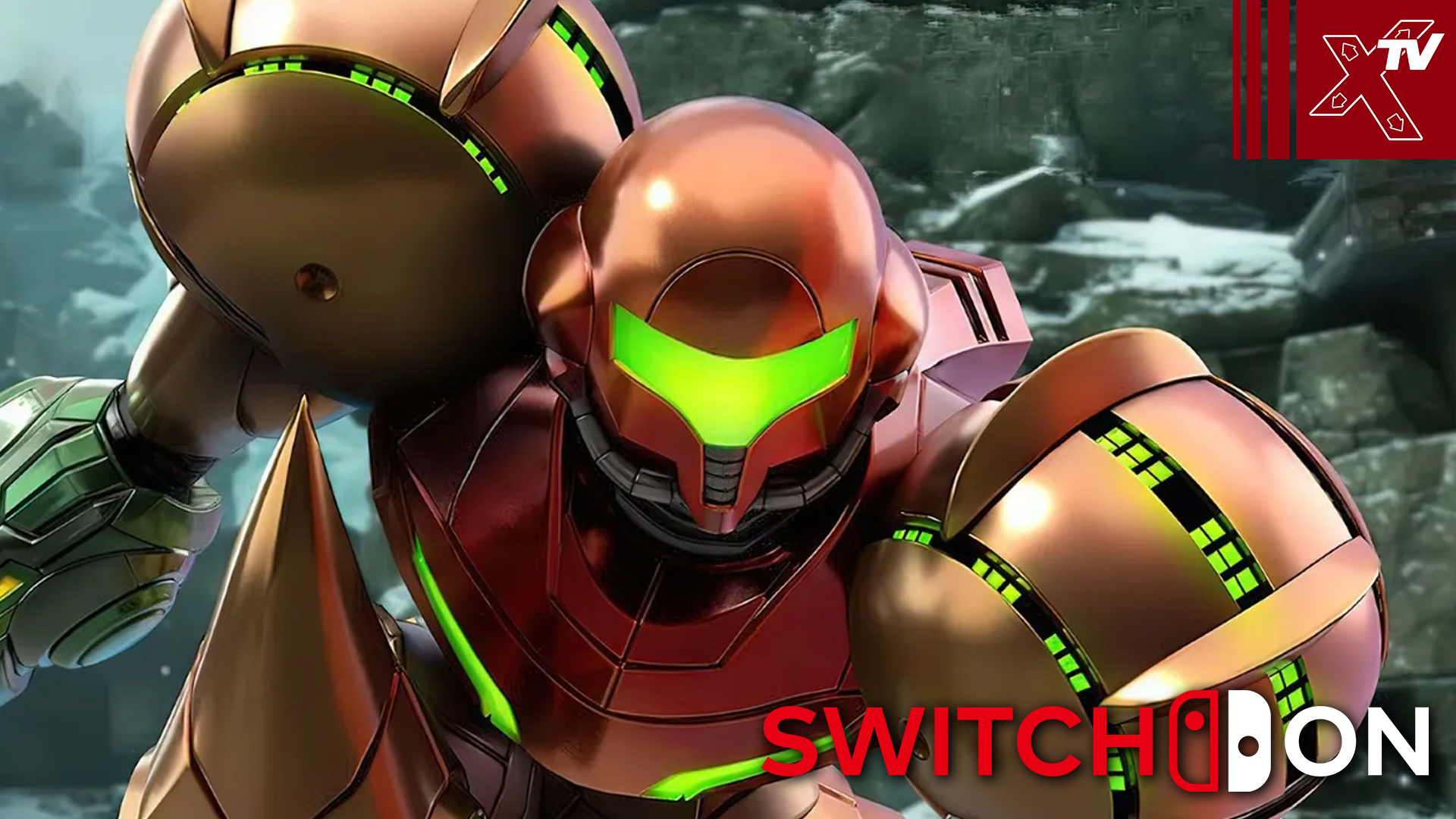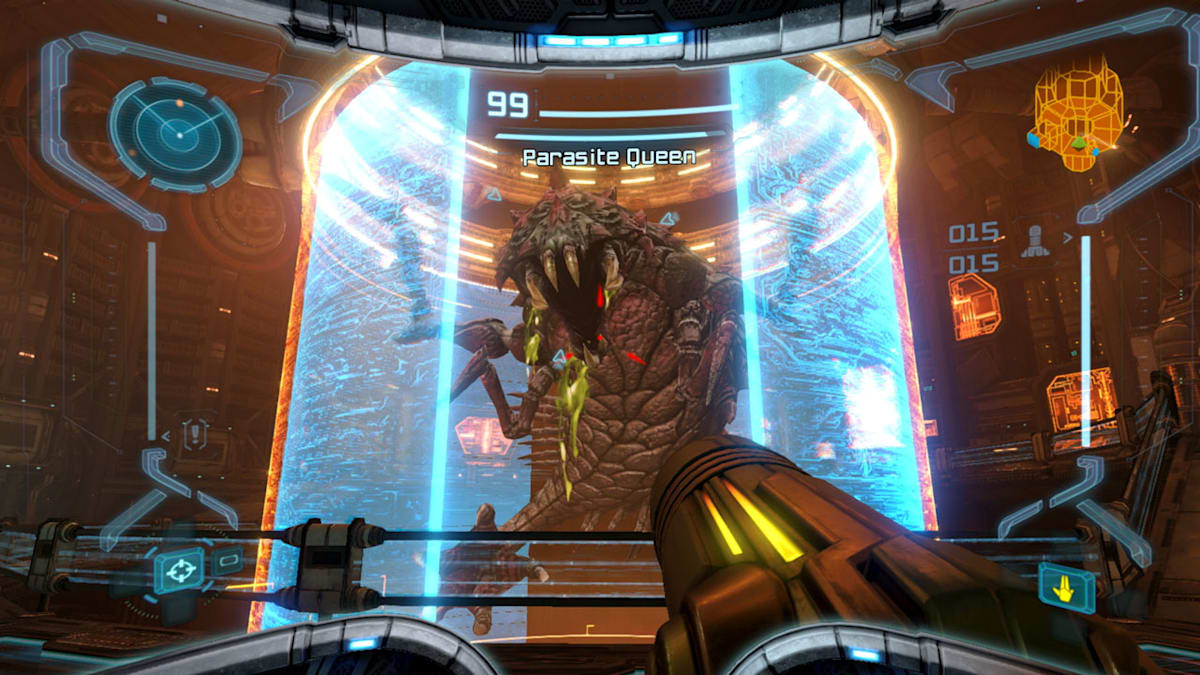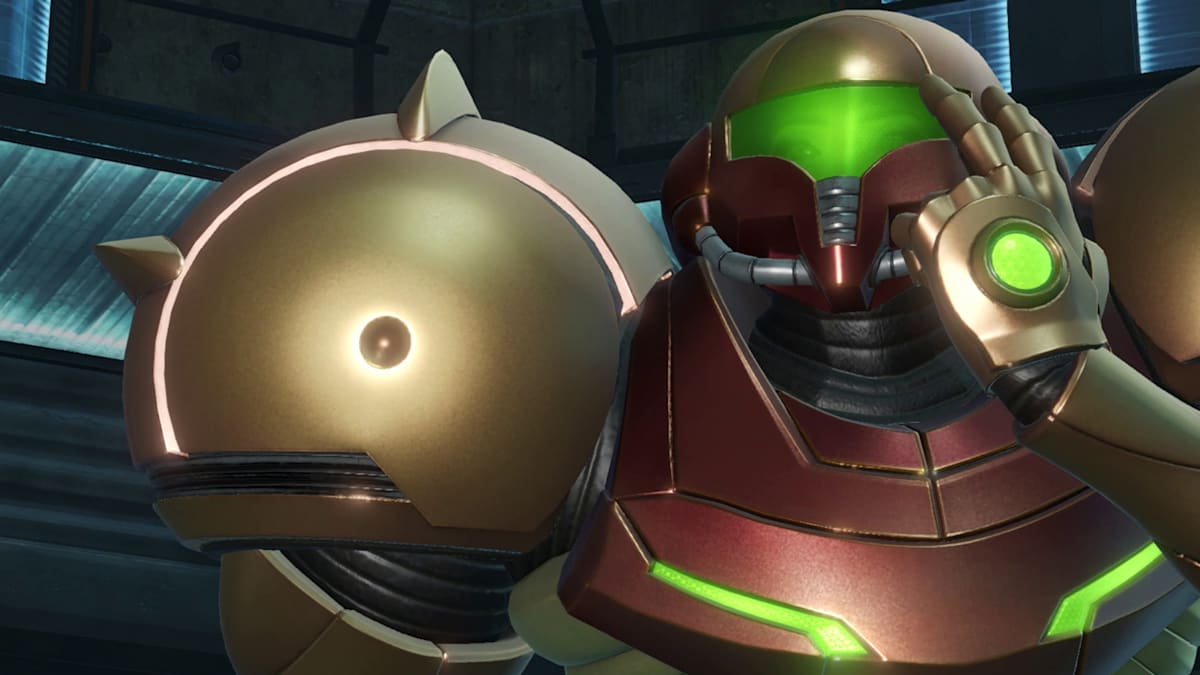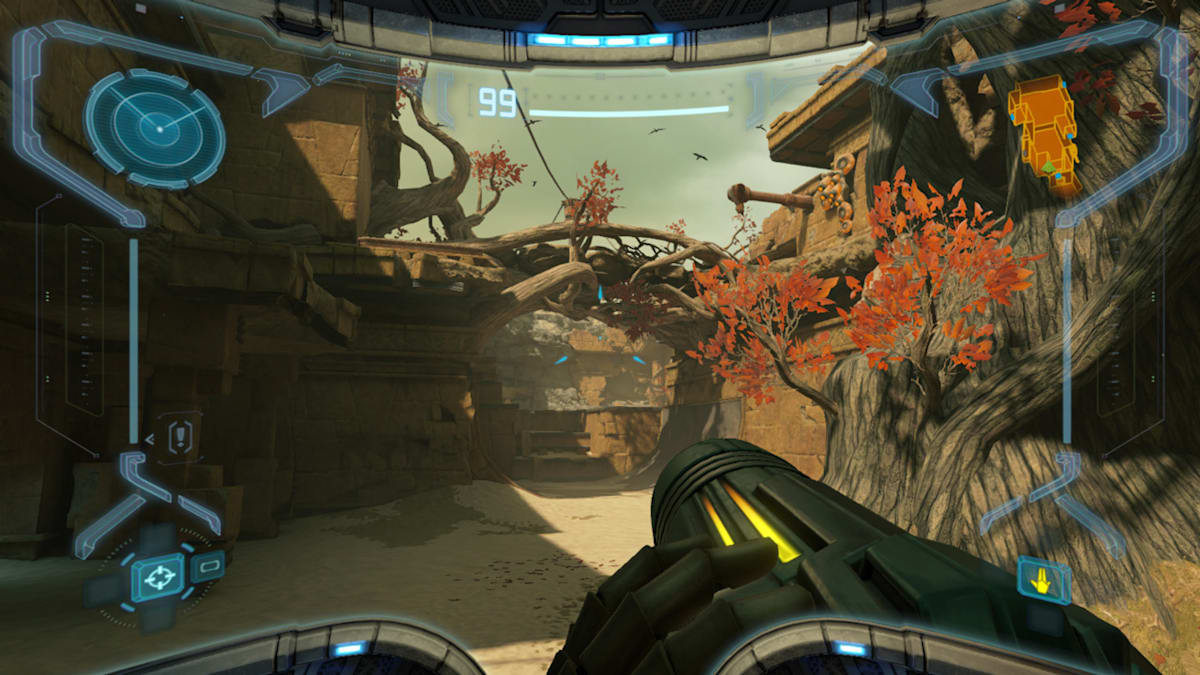

After years of waiting, one of the greatest Metroid titles has finally been given new life, but can this Gamecube classic survive the move over? Welcome to Switch On where we look at the critically acclaimed Metroid Prime in its new Remastered form.
Metroid Prime 4 is quickly turning into Metroid Prime Four-ever, it has now been almost 6 years since we got that initial announcement that amounted to just a logo, say what you will about Duke at least we saw some actual gameplay from time to time and while it’s highly unlikely the game has been canceled it will probably not be coming to the Switch at the very least we finally have the original to tie us over. It’s funny to think that the original Metroid Prime is now 21 years old and its gameplay and controls revolutionized how FPS’s play on consoles. For the longest time, shooters on consoles ended up feeling like half-arsed ports of PC games, all you need to do is look at the half dozen DOOM ports during the 90s to see what I’m talking about.

While titles like Goldeneye and Turok made a real splash they were limited by the hardware of their time in terms of both graphics and even by their controller, I bring up Turok because its creators Iguana Entertainment would eventually form a new studio with Nintendo called Retro Studios in Texas. After visiting the studio one day, Miyamoto suggested the Metroid license after seeing their FPS engine in action but despite what some composers will have you believe, Miyamoto was barely involved with its actual development. Despite a tumultuous developmental cycle the game would be released in November 2002.
To compensate for the lack of a mouse and keyboard the game utilized lock-on combat when attacking enemies as well as numerous visors to scan everything around you. Outside of the morph ball you never left Samus’s helmet which made the illustrative world even more immersive, after its release Metroid Prime would end up being one of the highest-received games of both its console and its generation seeing two direct sequels and numerous spinoffs, some more highly regarded than others. My first experience with the original Prime would be thanks to the Metroid Prime Trilogy on Wii and while people may knock motion controls the Wiimote and Nunchuck were the best alternative from PC controls before the introduction of gyros in modern controllers.

While this game did shadow drop after February’s Direct, we couldn’t resist getting that physical release. But before we get started, understand that this isn’t a review of Prime Remastered because honestly, the game doesn’t need one at this point, the original Metroid Prime in my personal opinion stands as one of the best games Nintendo has ever published. This release sees itself smack dab in the middle of the venn diagram, it’s not just a straight-up port and it isn’t a remake, instead, all the visual assets have seen a major upgrade.
Controls are the biggest change with this brand new version, offering four different options depending on your play style including the brand new Twin Stick option but also including versions more akin to the Wii and original Gamecube releases. We chose to go with the brand new twin-stick option and found moving and aiming to be just as smooth as ever, but this does mean some issues with button placement. Because the original used the second stick to switch between beams everything is now been moved to the D-Pad, by default you have the Visors to select from and then shift to beams via holding down X, this new addition did get some getting use too. But the biggest issue is by default the Missles are on the R shoulder button, this works fine on its own but Super Missles requiring charging with the Trigger and then pressing the shoulder button which can be uncomfortable in the heat of battle.

Thankfully their are options to swap around certain aspects with the controls, however with all other controller options, including the gyro options they have put the fire button as A and used the right trigger as a resetting of the Gyros, you can even enable Gyro in the twin stick option but unfortunately, it doesn’t give you the right thumb stick to swap beams, while it certainly plays more like the original after playing with the dual stick it almost felt archaic to go back. But if you did want to go back and I mean way back to 2002 you can plug in the Gamecube Controller, set the mode to classic and it plays virtually the same as the original with only a few issues like being unable to access the option screen which will hopefully be patched like they did Mario Sunshine.
Small control issues aside, what is available here is still the same amazing game that was released 20 years ago, the environment, the pacing, the game feels like something that could have been originally released last year. Hopefully, we will see the 2nd and third installments getting the same treatment in the near future, but more importantly, getting some new information on Prime 4 would be nice
The founder and Editor in Chief of UnboxedTV. Nintendo lover and not afraid to admit it, can always go for a good Indie Metroidvania with a nice cold Cider.
